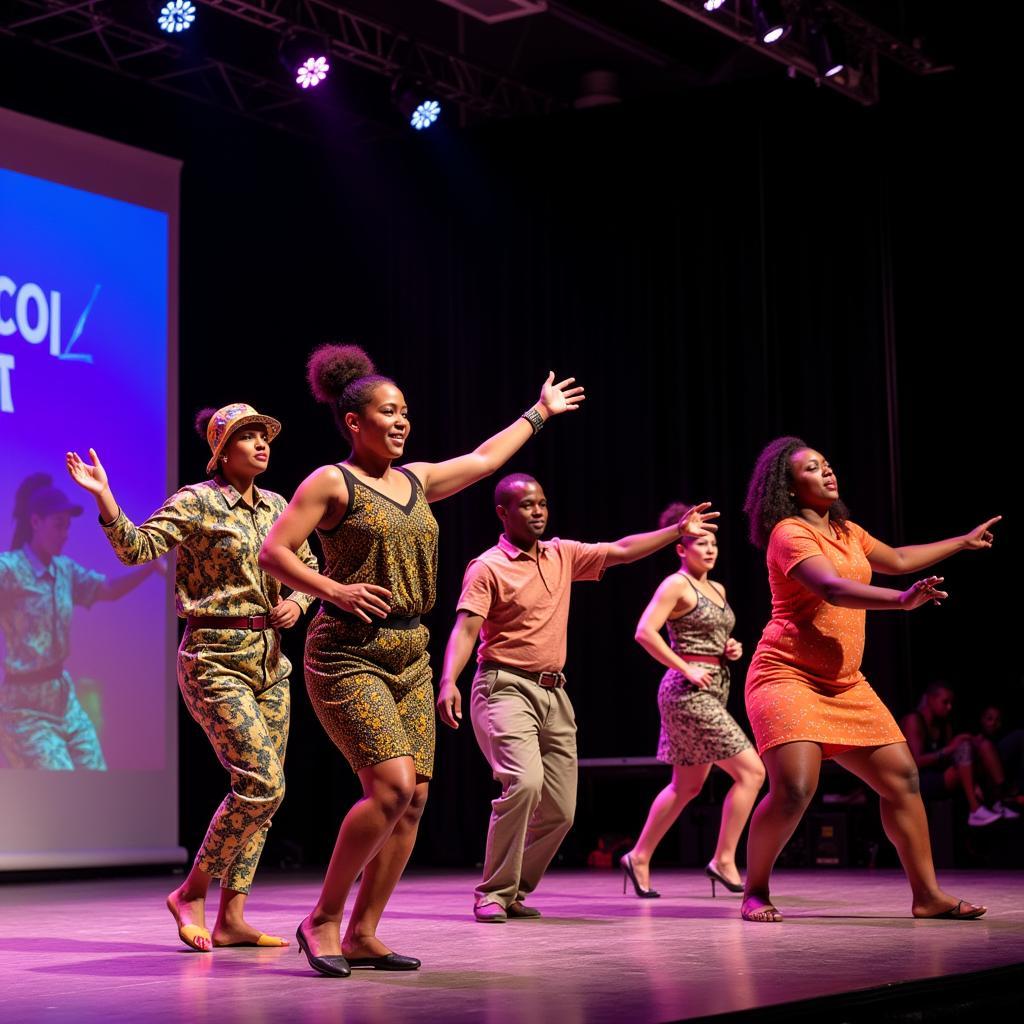African Blow Darts: A Look at the History, Uses, and Cultural Significance
The African Blow Dart, a traditional weapon and tool used for centuries across the continent, holds a fascinating place in African history, culture, and everyday life. These projectiles, propelled with great force and accuracy through the air, are a testament to the ingenuity and resourcefulness of African peoples.
A History of Innovation
The origins of the blow dart in Africa are shrouded in mystery, lost to the sands of time. However, archaeological evidence suggests that these weapons have been used for at least several thousand years. Early blow darts were likely crafted from materials readily available in the natural environment – bamboo shafts, sharpened wooden points, and poison extracted from plants.
Over time, African blow darts evolved and diversified, becoming more specialized to suit the needs of different communities and environments. Some groups developed blow darts for hunting, while others used them for warfare or ritualistic purposes.
The Art of the Dart: Construction and Function
African blow darts were generally constructed from a lightweight shaft, often made from wood or bamboo, topped with a sharpened point made from bone, stone, or metal. To ensure accuracy, the shaft was carefully balanced and weighted. The dart was then loaded into a blowpipe, which varied in length and material depending on the specific culture and intended use.
To launch the dart, the user would take a deep breath and forcefully blow air through the blowpipe, propelling the dart towards its target. The darts often had a small, hollow cavity at the base where poison could be applied.
Deadly Precision: Poisoned Points
The use of poison on blow darts was a common practice in many parts of Africa. The poison was often extracted from plants and animals, and its potency varied depending on the source. Some poisons were designed to paralyze or incapacitate, while others were deadly. The use of poison increased the effectiveness of blow darts as hunting and warfare tools, allowing hunters to take down large game with a single shot and warriors to inflict serious wounds.
Dr. Aisha Mbogo, a leading scholar on African ethnobotany, explains:
“Poison is a powerful tool that has been used in African societies for centuries. It is important to remember that the use of poison was not simply a way to kill; it was also a way to respect and harness the power of the natural world.”
More Than Just a Weapon: The Multifaceted Role of Blow Darts
While African blow darts are often associated with hunting and warfare, their uses were far more diverse. In some communities, blow darts were used in ritualistic ceremonies, particularly in connection with hunting and ancestor veneration.
The intricate designs on some blow darts were also considered symbolic, reflecting the values and beliefs of the communities that created them.
The Enduring Legacy of African Blow Darts
Although the use of blow darts has declined in many parts of Africa due to the introduction of modern weapons, they remain an important part of African history and cultural heritage. The skills and knowledge associated with the manufacture and use of blow darts continue to be passed down through generations, ensuring that this unique aspect of African tradition will continue to be valued and appreciated.
FAQs
1. What are the different types of African blow darts?
There are a variety of different types of African blow darts, each with its own unique design and purpose. Some examples include the “Mbira” darts used by the Maasai for hunting, the “Kuka” darts of the Ashanti for warfare, and the “Mbulu” darts of the Tsonga people for ritualistic purposes.
2. What are some of the common poisons used on African blow darts?
Common poisons used on African blow darts include extracts from plants like the “Strophanthus” plant, which can cause paralysis, and the “Acokanthera” plant, which can be fatal.
3. Are African blow darts still used today?
While the use of blow darts has declined in many areas, they are still used by some indigenous communities for hunting, fishing, and other traditional practices. The blow dart also continues to be a popular subject in African art and storytelling.
4. What are some examples of African art that feature blow darts?
The blow dart is often depicted in African art, including sculptures, masks, and paintings. In many cases, the blow dart is used as a symbol of power, strength, and masculinity.
5. What are some of the cultural beliefs associated with African blow darts?
In some African cultures, the blow dart is seen as a symbol of the connection between humans and the natural world. The use of poison, for example, is often seen as a way to harness the power of plants and animals for human benefit.
6. How can I learn more about African blow darts?
You can learn more about African blow darts by visiting museums, libraries, and online resources that focus on African history, culture, and art. There are also a number of books and articles written about blow darts, providing detailed information about their construction, use, and significance.
7. How can I contribute to the preservation of African cultural heritage?
You can contribute to the preservation of African cultural heritage by supporting organizations that promote the study and understanding of African art, music, and traditions. You can also learn more about African history and culture through books, films, and museums. By doing so, you can help to ensure that these important aspects of African heritage are passed down to future generations.

